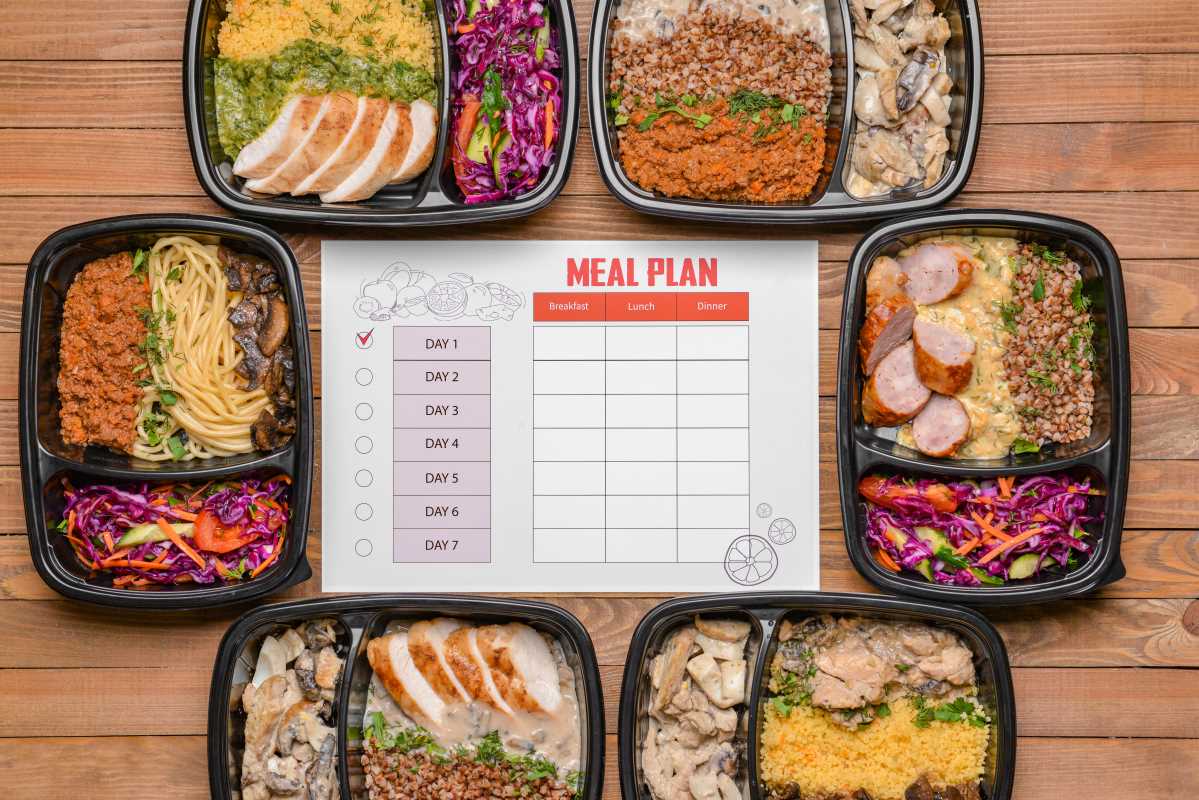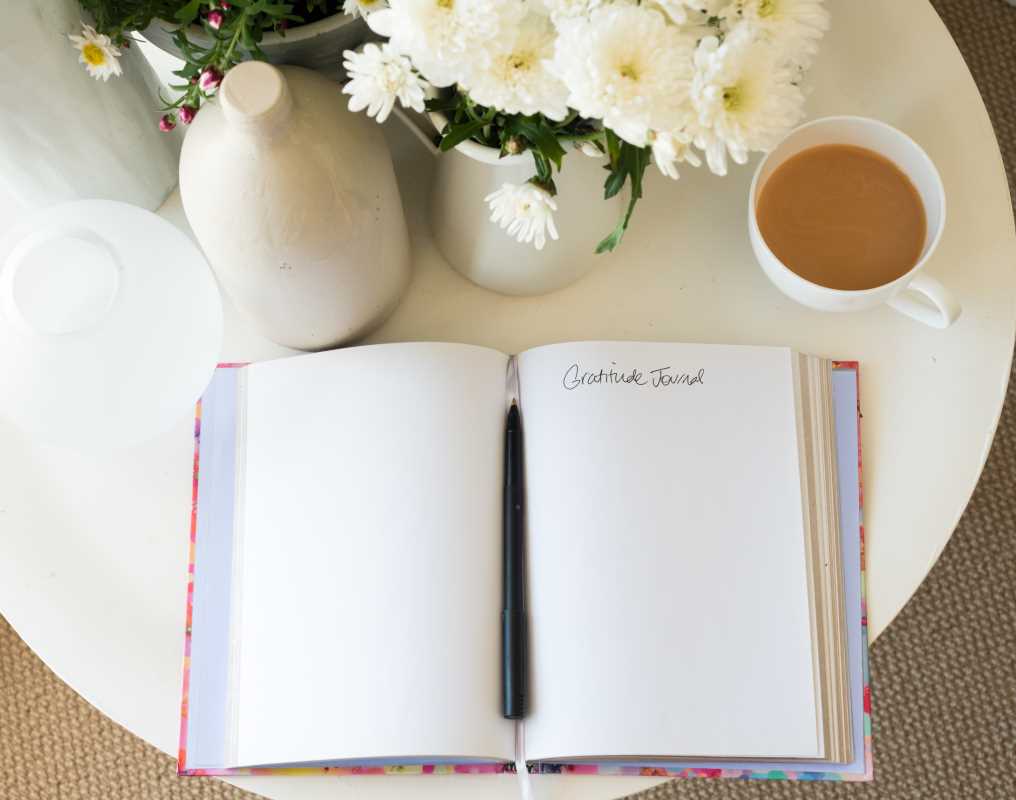Building new routines might seem out of reach when money feels tight, but even simple changes to daily habits and spending can create positive results. Thoughtful adjustments in how you care for yourself and where you direct your resources can boost energy, improve focus, and bring more satisfaction to your days. By choosing free or affordable tools and making practical choices, you pave the way for lasting well-being without putting pressure on your finances. This guide explores how everyday decisions can support a healthier lifestyle and help you feel your best, all while keeping expenses in check.
We’ll first explore how changing the way you allocate money reveals hidden chances to look after yourself. Next, hands-on steps will illustrate exact actions you can take using minimal resources. Before long, you’ll see how intentional tweaks build a foundation for healthy habits that fit any budget.
Reframe How You Spend Every Day
Most budgets break down expenses into fixed categories: rent, food, transport, entertainment. Instead of viewing self-care as an extra line item, consider embedding it into existing allocations. For instance, if you spend weekly on convenience meals, carve out a smaller share for ingredients that double as brain-boosting snacks like oats or eggs. That shift channels nutrition and wallet savings in one move.
Similarly, using public transport passes can free up pocket change previously destined for ride-hail apps. Riding buses or trains creates built-in walking intervals—an unnoticed seam of movement that adds to physical resilience over time. Each commuter trip doubles as a micro workout session, and skipping one paid ride per week translates into enough saved funds for a basic yoga mat or resistance band.
Easy Wellness Practices You Can Do Yourself
Wellness doesn’t require expensive memberships or elaborate gear. Identify daily routines you already own—your bedroom floor, a broom handle, a podcast app—and repurpose them into tools for mental clarity and physical strength. That mindset transforms household items into full-fledged wellness instruments.
For relaxation, create a short ritual combining deep breathing and gentle stretches at the end of each day. You don’t need specialized equipment: a towel folded into a cushion adds support for seated poses, and a music playlist drives focus. This repurposing approach flips everyday objects into self-care enhancers without extra cost.
Use Community Resources to Save Money
- Grocery Night Rotation: Choose one weekday evening to visit farmer’s market outreach tables where surplus produce often appears free or pay-what-you-can. Pick seasonal fruits or vegetables that nourish energy levels. Map three market locations reachable by foot or bike. Arrive within the first hour to find the widest selection. Insider tip: arrive with reusable bags to score extra produce giveaways during closing giveaways.
- Bulk Prep Sunday: Dedicate two hours on Sunday to chop, blanch, and portion seasonal vegetables into mason jars. Label jars with dates and intended recipes. This process reduces weekday cooking time by 50 percent, so you use less takeout. If you buy a three-pound bag of carrots for under $2, prep three meals at once. Insider tip: blanching for exactly two minutes locks in color and nutrients without overcooking.
- Community Swap Meetup: Organize or join a local group exchanging homegrown herbs, baked goods, or simple crafts. Each member contributes equal portions, so everyone samples new items without spending. Schedule meetups once monthly in a public park. Track attendance via a shared calendar invite. Insider tip: suggest a theme each meetup—tea blends, spice mixes, or homemade soap—to keep engagement high.
- Guided Bodyweight Sequence: Follow a free online playlist of beginner-friendly strength moves: squats, lunges, planks, and push-ups. Queue up five exercises, perform each for 40 seconds with 20 seconds rest, then repeat thrice. Use a chair for modified incline push-ups. No equipment needed, and the format fits into a lunch break. Insider tip: record your session times to track gradual improvements over four weeks.
- Morning Window Stretch: Turn a sunlit windowsill into a daily mobility spot. Perform calf raises, side bends, and shoulder rotations while watching the sky. Spend ten minutes each morning, gradually increasing to fifteen. This gentle routine warms muscles and eases joint stiffness for under $0. Insider tip: set a phone alarm labeled “stretch boost” to build the habit consistently.
Make Your Routine Fit Your Life
Once you try these methods, customize them by noting which actions bring you joy and which feel like chores. Keep a simple log of time spent versus relief or satisfaction gained. That feedback helps you focus on routines worth maintaining.
Introduce new elements monthly: rotate a different bodyweight exercise, change the produce at markets, or vary your listening playlists. Small tweaks prevent boredom and help you find new cost-effective self-care tactics. Over time, this flexible approach ensures your plan stays fresh and effective.
Easy Money-Saving Shortcuts
- DIY Infused Water Pitcher: Fill a reusable pitcher with tap water, lemon slices, mint sprigs, and cucumber ribbons. Let it steep overnight. This flavored water costs pennies per liter yet replaces soda or bottled beverages. Prepare a three-liter batch that lasts 48 hours in the fridge. Insider tip: freeze a few citrus slices in an ice tray for chill without dilution.
- Thrifted Fitness Gear Hunt: Visit a secondhand store to find lightly used yoga mats, hand weights, or jump ropes. Check for sturdy seams and non-slip surfaces. Bargain for items priced 30–50 percent below retail. Set a spending limit of $10 per piece. Insider tip: inspect printed dates on foam mats—anything older than two years may break down faster.
- Podcasts for Mental Check-ins: Subscribe to free audio sessions focused on brief self-assessments and guided reflection. Queue up episodes under twenty minutes to fit into commutes. Use a podcast app’s sleep-timer feature to prevent data overuse. Insider tip: mark favorite episodes with a star to revisit during high-stress weeks.
- Shared Subscription Pools: Partner with friends to share group classes or app subscriptions that allow multiple users. Split the monthly fee evenly. Confirm the platform’s terms permit three or more users. This trick can cut individual costs by two-thirds. Insider tip: rotate a single admin account each billing cycle to share responsibility.
- Neighborhood Walking Circuit: Map a three-mile loop around local parks, streets, and community gardens. Note benches or public art installations to use as mini-goals or rest stops. Record average lap times on a free running app. Insider tip: bring a small backpack with water to keep going longer without buying drinks.
Start with these steps and modify them based on your daily schedule, local resources, and personal preferences. Every small saving or efficiency gain supports your long-term health.
Limited budgets guide you to make creative, effective choices on your wellness journey. Each change becomes a lasting habit that fits your goals and resources.
 (Image via
(Image via

.jpg)



